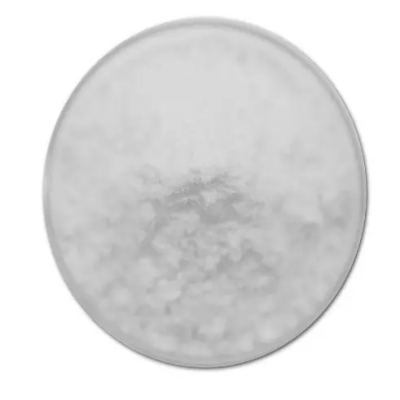3,3′-Diaminobenzidine CAS:91-95-2
Immunohistochemistry: DAB staining is extensively used in IHC to detect and localize specific proteins or antigens in tissue sections. This technique helps researchers and pathologists study cellular morphology, identify cellular components, examine protein expression patterns, and investigate disease-related alterations. DAB staining can be used in fields such as cancer research, neuroscience, pathology, and developmental biology.
Immunocytochemistry: DAB staining is also used in ICC to visualize target molecules in cultured cells. This technique is similar to IHC, allowing researchers to examine protein expression, localization, and cellular dynamics in vitro.
In situ hybridization: DAB staining can be employed in the detection of specific DNA or RNA sequences using in situ hybridization techniques. By combining DAB staining with probes targeting complementary nucleic acid sequences, researchers can visualize the location and expression of genes within cells or tissues.
Electron microscopy: DAB staining can be used in electron microscopy to label specific structures or molecules of interest. When combined with heavy metal post-staining, DAB staining can enhance the contrast and visibility of cellular components in ultrastructural studies.

| Composition | C12H14N4 |
| Assay | 99% |
| Appearance | White powder |
| CAS No. | 91-95-2 |
| Packing | Small and bulk |
| Shelf Life | 2 years |
| Storage | Store in cool and dry area |
| Certification | ISO. |









